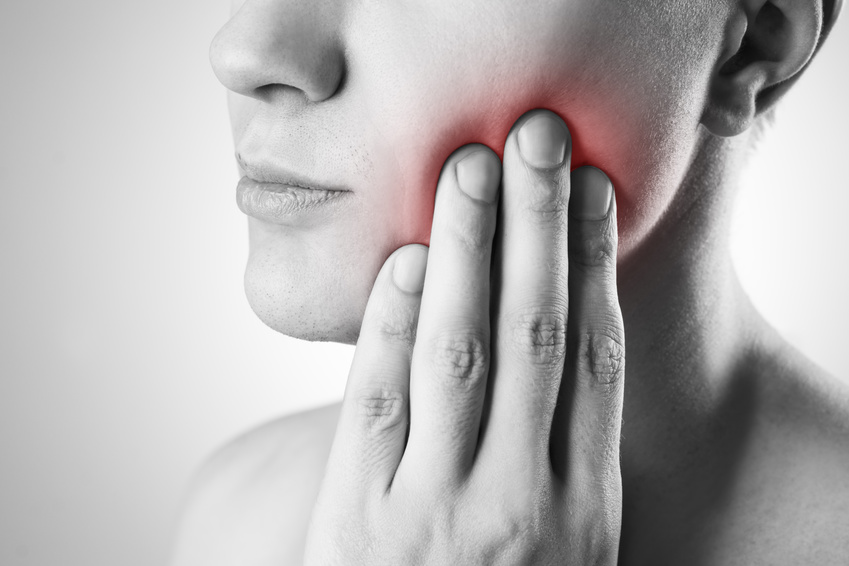One Bad Tooth Affects the Whole Mouth
It's safe to say that everybody hates a toothache. Sometimes tooth pain just pops up out of nowhere and subsides, and sometimes it lingers and makes life miserable. The challenge with toothaches is that they generate from different places and for different reasons, making it quite a chore to find the bad tooth.
Sometimes, the issue starts inside the tooth in what is called an endodontic problem. Pain can emanate from this decay in varying degrees: sharp pain can make you wince, dull pain can feel throbbing, and a drop in temperature or even a gust of wind may cause you to grab your your jaw with the change in barometric pressure.
Other times the problem is periodontal, meaning that it starts in tissues surrounding the teeth. When plaque inflames the gum line, the gums can become infected and detach from the tooth. As the infection grows, the causes of mouth pain multiply, starting with inflammation and swelling of these sensitive tissues. If left unchecked by treatment, an infection in the gums can lead to actual bone loss, extending to the root tip of the tooth and its delicate nerve endings -- you bet that can hurt! Bone loss also results in the teeth becoming loose, and the movement of these loosened teeth can create oral pain as well.
An even bigger challenge is that the brain doesn't do well at distinguishing exactly from where mouth pain originates. Often, sweeping pain will feel as if it's emanating from a group of teeth; sometimes, the brain can't even distinguish whether the pain is actually coming from the upper or lower jaw.
When pain is carried from the teeth to the brain, it is delivered through the trigeminal nerve. One branch carries signals from the upper jaw, and one from the lower. However, once that pain reaches the brain, studies show that signals from the trigeminal nerve's separate branches trigger strikingly similar responses in various parts of the brain.
Although tooth pain usually stems from one particular tooth, the brain may only interpret a generalized pain signal. While the brain does a pretty good job of letting us know where the rest of our body is hurting, it seems that tooth pain requires a more refined and professional assessment to diagnose . Whether your toothache is from an endodontic or periodontal problem, treatments vary, and it is important to find the source of the problem sooner rather than later.
Some toothaches are only temporary; the pain recedes as the decaying tissue dies. This does not mean that the problem has gone away. It merely means that you are no longer sensitive to the tooth's changing health. If toothaches are ignored, endodontic problems can become periodontal problems, and the other way around. When pain warnings go unheeded, infections can result in tooth loss and advanced gum disease.
If you're experiencing tooth pain, you must have it checked out by a comprehensive general dentist before the problem gets out of hand. Dr. Chirillo and the Dentistry by Design staff are here to help! Contact Us
Further Reading:
"Confusing Tooth Pain: Combined Root Canal and Gum Problems." DearDoctor.com, 2/1/2012
"Why It's So Hard to Tell Which Tooth Has the Ache." Wired.com, 4/16/2010



